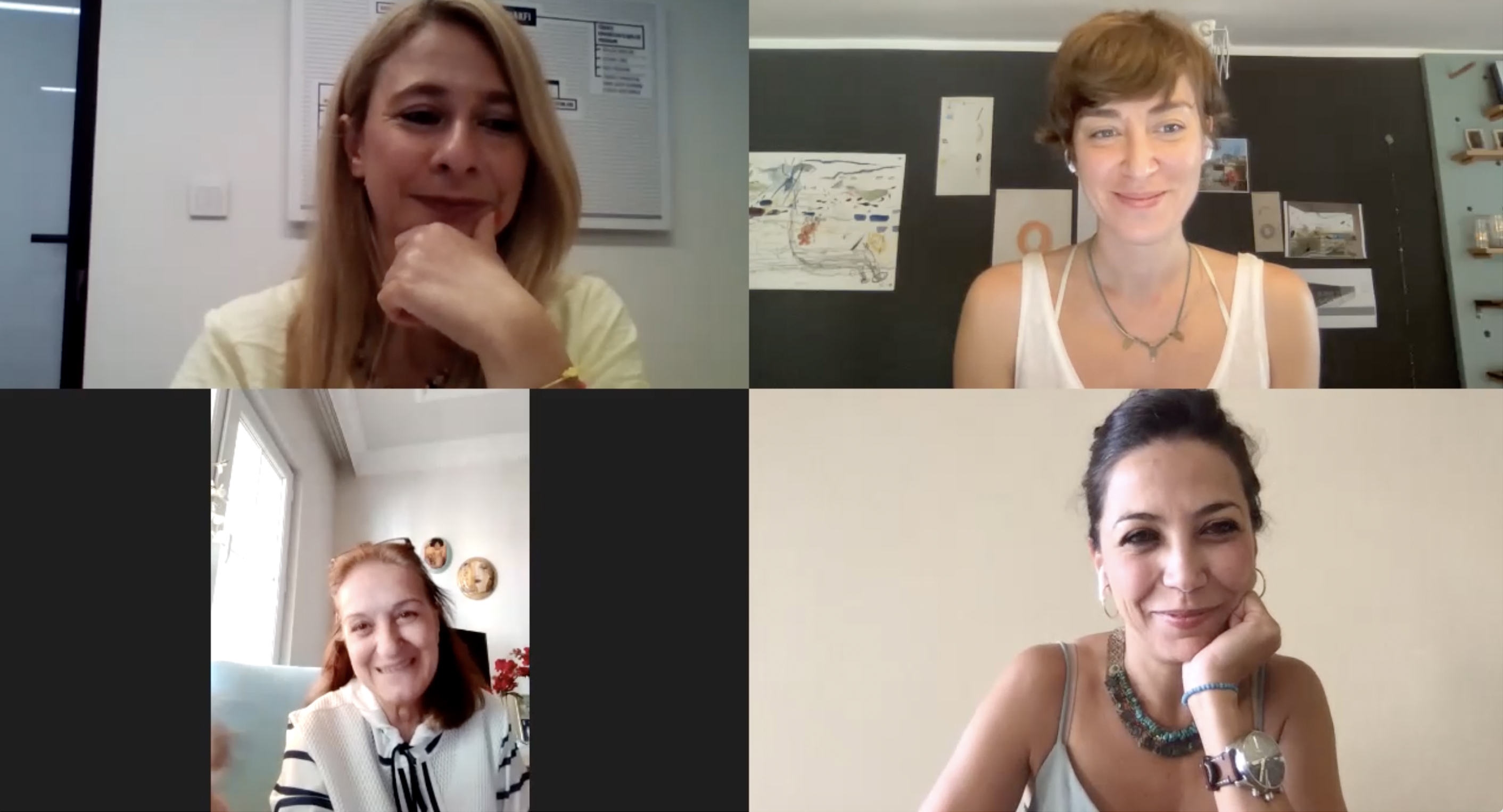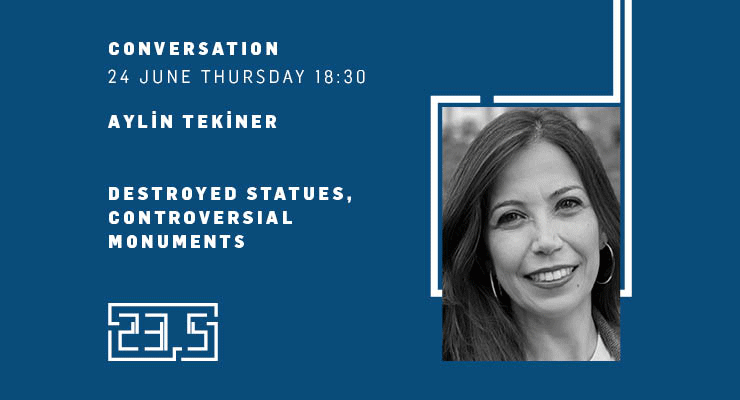World history is full of statues and monuments that have created social controversy and that were demolished, removed, censored, and displaced. Following the murder of George Floyd by the police, the ongoing debates on the statues honoring the memory of the confederate leaders and slave traders in the United States gained momentum and we have been bearing witness to their demolishment, acts of vandalism, and the removal of some of them by official orders while also observing that how some of the monuments have started to function as a space for activism.
In the 23.5 event, with the participation of artist, human rights defender, author of the book 'Atatürk Statues: Cult, Aesthetics, Politics' Aylin Tekiner and journalist-author Belma Akçura, author of the book 'Remove That Statue From Here', we discussed what the statues and monuments tell us, the relationship of the society of Turkey with statues and monuments, what kind of social and political reading we can make when we look at the history of statues that were dismantled and demolished, while also talking about what awaits us on a global scale regarding the statues that disturb our conscience.
In her speech, Aylin Tekiner argued that monuments should not be handled only in terms of aesthetic concerns and art, and drew attention to the importance of monuments in the nation-state process, especially in the language of propaganda. She pointed out that the production of statues and monuments that started with the Republican era in Turkey, together with the regime ideology, caused the Atatürk statues and monuments to increase radically. She stated that the sculptures, which have become the instruments of coups and political breaks, have become concrete pieces that have low aesthetic standards and only indicate the existence of the state. Tekiner mentioned that we can see the reason for the general silence towards the statues that are censored in the public space and disturb the public conscience as a result of the inability to confront past traumas, which has penetrated deep into the societies and leads to vandalism. She mentioned that the questioning of history, which started with demolishing of statues and monuments, the change of naming in areas, and the spread of opposite monuments in the United States and Europe after George Floyd, can lead to a transformation. Aylin Tekiner emphasized that the fabrication of the sculpture market and the squeezing of sculptors from producing to transmitting are just a few of the challenges facing this change for Turkey.
Belma Akçura, on the other hand, emphasized that the tragicomic stories of statues and monuments left between the lines in the media, based on her journalistic background, do not only determine the relationship of people with sculpture, but also an important tool for understanding the relationship between the state and people. Akçura presented the Hittite Sun Monument, which is considered the symbol of Ankara, that she discovered during the research process of her book, as an example of the intertwining of politics and sculpture. Belma Akçura stated that the relationship of the society in Turkey with sculptures is more similar to the Middle East and Balkan countries compared to Europe and America and that the sculptures are at the forefront for political purposes rather than art, and is seen as an indicator of the existence of the history of the countries. She said that the removal or damage of statues by activists, which started with the questioning of history in Western countries and continued with the aim of overthrowing history, is different from vandalism against statues in Turkey. She added that the change in the form and purpose of the statues in the last twenty years has led to the destruction of the traditional perceptions of aesthetics and beauty in cities, and left ugly structures instead and that this situation reduced the sculptures to purposeless objects.
The panel was held in Turkish.


